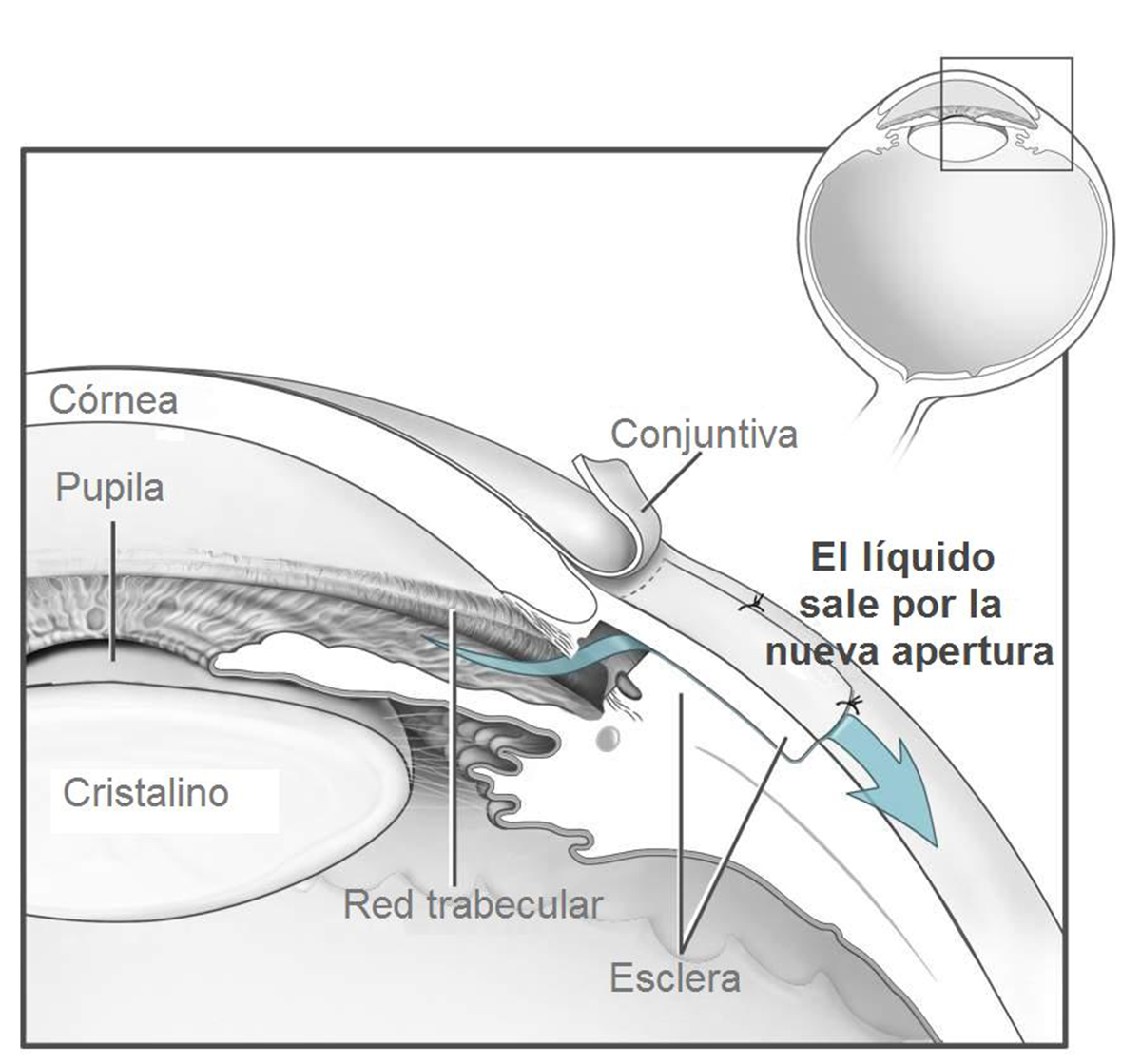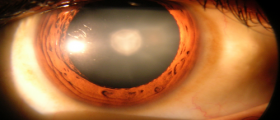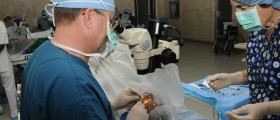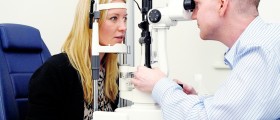
Surgery of the cataract
The experts have divided cataracts into three different categories. These categories are nuclear cataracts, cortical cataracts and subcapsular cataracts. The first type develops in the nucleus of the lens and it is the type of cataract that occurs in most patients. The experts claim that this type develops naturally as a person gets older. Cortical cataracts develop in the outer rim of the lens and it tends to spread to the center of the lens. Patients who are diagnosed with diabetes are the ones that are affected by this type of cataract the most. The final type of cataract develops at the back of the lens. The progress of subcapsular cataracts is a rapid one. A person who takes steroids is most prone to developing this type of cataract. The experts have still not discovered the actual cause of cataracts but they are sure about the risk factors that increase the chance of cataracts development. Ultraviolet radiation, tobacco use, heavy alcohol consumption, eye trauma, certain medical conditions like glaucoma and diabetes and free radicals all increase the risk of cataracts.A person who experiences any of the signs of cataracts should go to the hospital as soon as possible as the chances of the condition being cured are higher if the condition is in the early stages. Blurry vision, problems seeing in the dark, seeing halos, loss of vision, double vision and problems with depth perception are only some of the symptoms.
Surgery of the cataract is not only one of the most often performed surgeries performed in the United States but it is also one of the most successful. More than 95% of all patients who undergo the surgery experience better vision. Alternative treatments of the cataract like lifestyle and diet changes are possible as well but none of them are as effective as a surgical procedure. The surgery does not last for more than an hour and no stitches are needed after it as the incision will seal on its own.How is surgery perform and what to expect after
Before the surgery begins, the eye doctor or an ophthalmologist will place anesthetic eye drops into the eye of the patient. This is done in order for the eye to become numb. Once the eye is numb, an eyelid holder is used in order for the blinking to be prevented during the procedure. The procedure starts with the surgeon making an incision close to the edge of the iris. After that, the lens is removed. The medical term for this procedure is phacoemulsification. In the end a folded IOL is placed in the eye, where it will unfold on its own. The recovery process after the cataract surgery is not the same for every patient. However, certain things are quite usually seen and almost every patient can expect them.Right after the surgery most patients experience slight grogginess and that is considered to be normal due to the medications. This effect does not last for too long. Once the patient gets home, relaxation and rest are essential. Rubbing and touching of the eyes need to avoided.
The day after the surgery most patients experience grittiness and scratchiness. Sensitivity to the touch is present as well. These sensations may be present for a couple of days. Seeing halos is considered to be normal as well. Apart from rest, the patients need to follow the instruction that they received from the surgeon. A few days after the surgery a person will be allowed to perform certain activities like walking, reading and watching television. However, driving need to be avoided on the first day after the surgery. Strenuous activities and lifting heavy objects should be avoided as well.Grittiness and scratchiness may be felt even a week after the surgery. After seven days the doctor usually allows the patient to continue with all the normal activities. Water sports and contact sports are not allowed, however. Rubbing of the eyes should still be avoided as well.
Most patients heal completely after a month following the surgical procedure. If there is need for the other eye to be operated as well, this can be performed within a week or two after the first surgery. If the patient is still prescribed with the eye drops, he or she should use them for as long as the doctor recommends.- www.nhs.uk/conditions/cataract-surgery/recovery/
- www.aao.org/eye-health/diseases/what-is-cataract-surgery
- Photo courtesy of U.S. Department of Defense via Raw Pixel: www.rawpixel.com/image/3317607/free-photo-image-cataract-hospital-doctor
















Your thoughts on this
Loading...